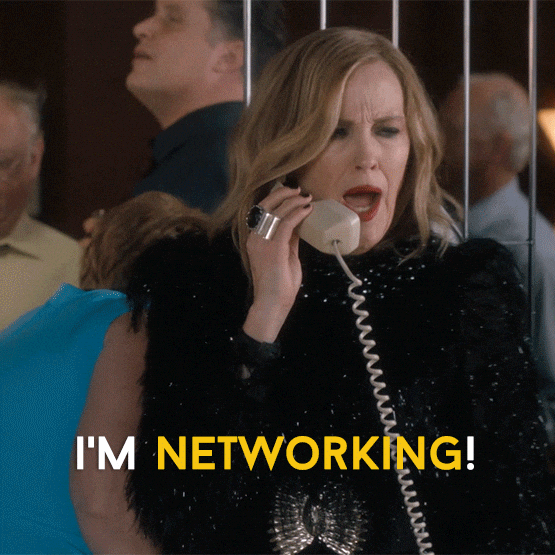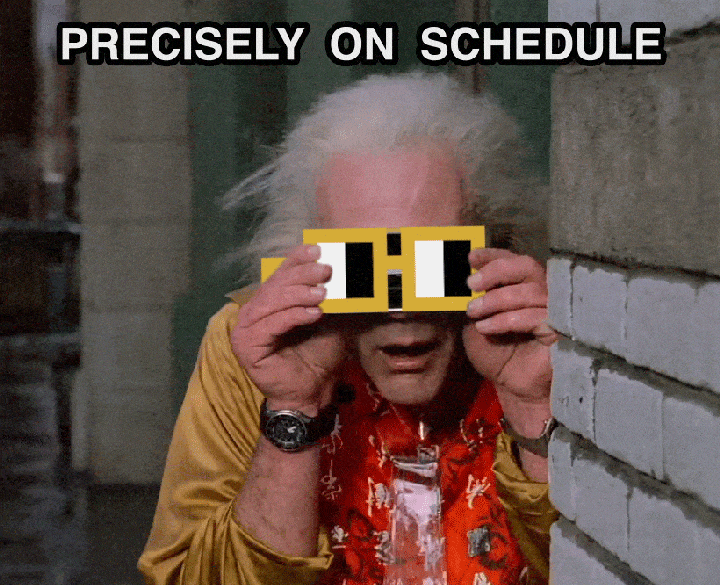7 Ways to Win Foundation Trust and Score Unrestricted Grants
In an era of federal funding cuts and economic uncertainty, unrestricted grants have never been more crucial for nonprofit sustainability. Here’s how to build the relationships and craft the proposals that lead to general operating support.
With recent federal funding freezes affecting nonprofits nationwide, organizations are scrambling to find financial stability. General operating support grants (those coveted unrestricted funds that nonprofits can use for whatever they need most) have become a lifeline. Unlike project-specific grants, these flexible dollars give nonprofit leaders “the flexibility to keep their lights on and keep their programs running, and they get to decide what that looks like,” explains Sophy Yem, senior program officer at the Surdna Foundation.
But securing general operating support requires a fundamentally different approach than pursuing project grants. It’s about building trust, demonstrating alignment, and proving your organization’s worth as a long-term partner. Here’s how to position your nonprofit for this crucial funding.
Start with Strategic Networking
The path to unrestricted funding often begins at the right events. Many foundations that offer general operating support don’t accept unsolicited proposals but, instead, work by invitation only. This means you need to get on their radar through strategic visibility.
Target cause-specific conferences where foundations send program officers. These funders attend because they’re prepared to give to organizations working on those issues. Research which foundations will be present and ask current funders how you can secure speaking opportunities during panels or sessions.
Don’t overlook state-based foundation associations and nonprofit training organizations. These often host events open to grant seekers and provide valuable networking opportunities with program officers.
When you attend these events, come prepared to advocate for your work. “It’s not only important to be there at those events but to establish yourself as a thought leader. You can’t be a wallflower,” advises Tonia Brown-Kinzel from The Grant Plant consulting group. “It’s not bragging, it’s advocating.”
Master the Art of Relationship Building
Even without conference access, you can still build meaningful connections through strategic outreach. Anne Musial, chief development officer at The 19th, suggests “defrosting” cold calls by researching foundations’ websites and LinkedIn profiles to identify relevant program officers.
“Funders are happy to have conversations and want to know what’s going on in the field,” Musial explains. Follow up initial conversations with brief email updates highlighting your organization’s achievements to stay top-of-mind for the next funding cycle.
Key relationship-building strategies:
Leverage board member connections to private and corporate foundations
Network with peer organizations; they’re resources, not competition
Connect with wealth managers and donor-advised fund advisers
Share media coverage and organizational updates regularly
Remember: expect at least six months to a year of relationship-building before you might be invited to apply for unrestricted funding.
Demonstrate Clear Mission Alignment
Before submitting any proposal, thoroughly understand what makes your nonprofit a good partner for each foundation. Alignment between your work and their priorities is non-negotiable.
The 19th doesn’t limit itself to journalism-focused foundations. Instead, Musial thinks broadly about the issues they cover (e.g., climate, reproductive health, caregiving, and education) to find funders supporting those spaces. Some program officers may only fund direct services, but others provide operating grants for coverage of aligned issues.
Critical alignment principles:
Research foundations’ stated priorities thoroughly
Mirror their language back to them in your proposal
Be creative about finding connection points between your work and their interests
Accept rejection gracefully when there’s no genuine fit
As Yem puts it: “If there is no alignment, then I wouldn’t try.”
Craft Compelling Operating Support Proposals
General operating grants require a different proposal approach than project funding. While you don’t need detailed program goals and objectives, you can’t ignore outcomes entirely.
Structure your ideal proposal to show you’ll:
Spend some funds immediately for direct impact
Invest some in strategic organizational growth
Reserve some for financial stability/emergency needs
Use storytelling to highlight your track record. Musial emphasizes The 19th’s growth story, from launching during the pandemic with 20 staff and minimal reserves to now employing 54 people across 20 states. This demonstrates leadership competence and organizational sustainability.
Focus on your vision and capacity rather than just current needs. Program officers want to know you can handle significant funding responsibly and achieve meaningful outcomes.
Time Your Applications Strategically
Best timing for operating grant applications:
Your fiscal year beginning: Takes financial pressure off knowing you can cover payroll and core expenses
Foundation’s fiscal year start: Grant makers are often more generous with larger awards early in their funding cycle
After successful project grant completion: Organizations with proven track records as project grantees are well-positioned to request operating support
If you’ve previously received project support from a foundation, you’re already a trusted entity. When grants come up for renewal, aligned organizations can often transition to general operating support.
Present Honest Financial Planning
Transparency about your organization’s future strengthens your case for unrestricted support. During challenging times, acknowledge the importance of operating support while demonstrating you have plans to navigate difficulties.
For example, if federal grants have been frozen, frame this as an external event rather than poor planning: “You not only want to demonstrate that you are usually financially stable, but that what you’re doing strongly aligns with the funder’s priorities.”
Essential elements for financial transparency:
Present a clear sustainability plan, especially for multiyear grants
Highlight your long-term organizational vision
Avoid language suggesting you need the grant merely to survive
Frame operating support as enabling growth and stability, not just survival
The Bottom Line
Securing general operating support requires patience, strategy, and genuine relationship building. It’s not a quick fix but a long-term investment in your organization’s financial resilience.
Start building those foundation relationships now, demonstrate your alignment with funders’ priorities, and craft proposals that showcase both your current impact and future potential. In today’s challenging funding environment, the organizations that master this approach will be best positioned not just to survive, but to thrive.
Remember: General operating grants are investments in your organization’s overall mission and capacity. Treat them as such, and foundations will see you as the valuable partner you are.
Ready to Start Building Foundation Relationships?
Don’t wait for the next funding crisis to begin pursuing general operating support. The time to start building those crucial foundation relationships is now.
Take action today:
Research your target foundations: Identify 5-10 foundations that align with your mission and offer general operating grants
Map upcoming events: Check state foundation association websites and your field’s conference calendars for networking opportunities in the next 6 months
Audit your current relationships: Review which project funders might be ready for conversations about operating support
Prepare your story: Craft a compelling 2-minute elevator pitch highlighting your organization’s impact and vision
Start relationship building: Reach out to one new program officer this week with a brief, thoughtful introduction
Need expert guidance on your foundation strategy? Rural Pathways specializes in helping nonprofits build sustainable funding relationships and secure general operating support. Our team understands the unique challenges rural and small nonprofits face in accessing foundation funding.
How Rural Pathways can help with:
Foundation research and relationship mapping
Grant writing and proposal development
Strategic fundraising planning
Board development and capacity building
Schedule a discovery call to discuss your organization’s funding goals and learn how we can help you build lasting foundation partnerships.
The path to financial sustainability starts with a single conversation. Which foundation will you reach out to first?
Citation: Anderson, Charity & Gilpin, Staci. (2025). 7 Ways to Win Foundation Trust and Score Unrestricted Grants. Rural Pathways News.



